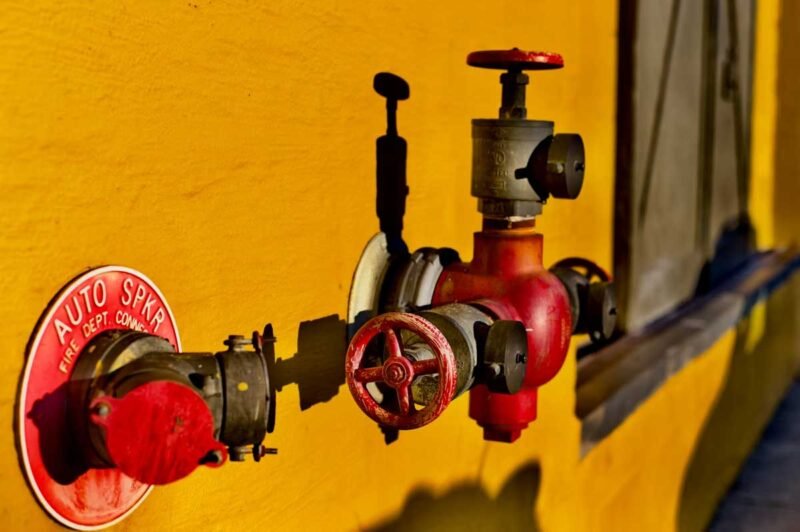Most people assume the top businesses in the world are somehow special. But when it comes to things like fire and flooding, many of them are still at high risk, mainly because of their policies and attitudes.
The trick here is to adopt various best practices that reduce risk. Once you embed these in your corporate work flow, you can slash risks significantly and take back control of your premises.
Here’s what even top businesses are getting wrong and how to improve on their errors:
Relying On Others To Handle Issues
One thing that large companies often do is rely on others to handle their safety issues, including their flood and fire mitigation policies. Usually, they’ll give these contractors carte blanche to do what they want. And often their standards fall short of what’s required by the firm as a whole.
For example, property managers and third-party vendors don’t always maintain sprinklers and fire alarms. They can also struggle with sump pumps in the basement for clearing out flooding.
Therefore, you’ll want to have internal policies that allow you to check these systems yourself. You shouldn’t be relying on others.
Underinsured Policies
Another issue is actual insurance policies. A lot of executives wake up one morning only to discover that they don’t have sufficient coverage for fires and flooding.
Usually, insurance companies operate on a claims limit basis for specific risks. For example, they might stipulate that a client company can claim up to $1 million in damages related to fire accidents.
The problem is that most properties and spaces are worth much more than this. So if they burn down, there’s an immediate financial loss there.
Worse still, insurance companies won’t usually pay for lost business income due to the destruction of premises, which is often more costly than the loss of the buildings themselves.
Therefore, to get around this problem, have a frank discussion with your insurer about your limits. Also, ask them if they can provide business interruption insurance so you can avoid some of the knock-on costs of property damage.
Storing Inventory In Low-Lying Areas
You also sometimes see top businesses storing inventory in low-lying areas, like basements. This storage sometimes includes things like high-value goods, precious archives and their backup servers.
Naturally, this is a problem in stormy weather or if the basement membrane fails. Water could come flooding in, wrecking everything below ground level.
More mundanely, it could also just happen because of a burst pipe. Water naturally falls to Earth, so basements are often their primary victims.
The best way to deal with this is to use underground areas for non-essential, low-risk storage. You can also use catch basins to prevent water from flowing into underground areas by channelling it away elsewhere.
Skipping Modern Fire Suppression In Old Buildings
Modern fire suppression is fitted as standard on new buildings. But it can sometimes be missing from older structures because of the cost and hassle of retrofitting.
However, even if it is disruptive, it is worth doing. This way, you can keep the characterful aspects of the property while protecting it and your people at the same time.
Modern fire suppression systems don’t always require an enormous effort to install these days either. Contractors will often come in at night and at weekends to do it all for you, meaning they won’t be climbing all over your employees as they work.
No Off-Site Cloud Backups
Another big mistake some of the top businesses make is having no off-site cloud backups. Many firms keep their servers locally and don’t keep their files at any other site, increasing the risks the brand faces. When these primary locations flood or burn, they run the risk of losing everything. Fortunately, this problem is incredibly easy to solve. All you need to do is use a corporate cloud service and get them to store your data far and wide.
Ignoring Small, Slow Leaks
Finally, a lot of big businesses get into the bad habit of ignoring small, slow leaks. These then grow over time until they become big leaks causing severe damage.
Ironically, the leakage problem is actually worse in stronger buildings. That’s because steel frames can rust over time, losing strength in critical locations, including underground piles. Hidden mold can also be an issue in some of these locations, as well as weakened fireproofing.
So, if you see a small, slow leak, get it fixed fast. Hire a contractor to come and sort the problem out immediately.






